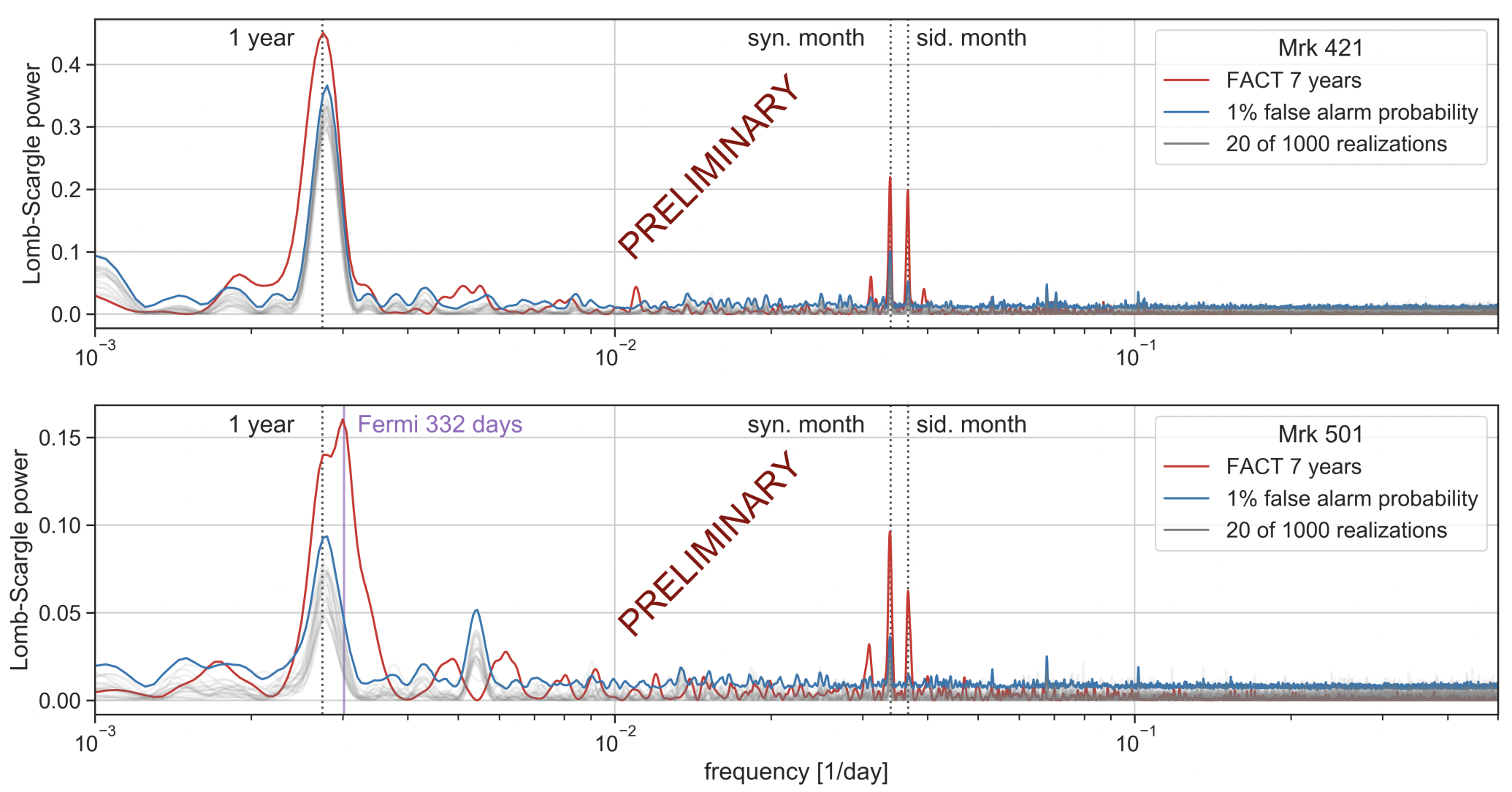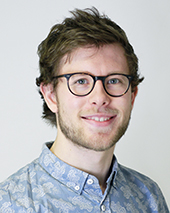My Research
… focuses on high-energy astrophysics, in particular non-thermal particle acceleration in fast outflows from black holes and the subsequent energy dissipation (“radiation modeling”) into multi-messenger signatures, including cosmic rays, photons and neutrinos. I have experience with two promising candidate sites: relativistic shocks in gamma-ray burst (GRB) afterglows and magnetic reconnection in blazar jets.
I believe that the combination of observations (in particular understanding of their limitations) and theory (analytical and numerical modeling) provides the best environment for progress in understanding.
Gamma-ray burst (GRB) afterglows
Flat energy spectra up to the highest energies - Lepto-hadronic scenarios - arXiv:2403.13902
Motivated by the emerging observational picture that GRB afterglows with detection up to TeV energies show relatively hard spectra ($ \mathrm{d} \ln N_\gamma/\mathrm{d} \ln E_\gamma \sim -2$), we investigated scenarios how to extend the spectrum using the radiative signatures of the protons likely to be accelerated in the relativistic shock too. Besides the leptonic scenarios like the SSC scenario and the one with the extended synchrotron-component, we also explore scenarios like the proton-synchrotron scenario, a combination of electron and synchrotron components, and scenarios involving the hadronic cascade initiated by the proton-proton and proton-photon interactions in a denser environment like a molecular cloud. To study this I coupled a numerical model for the dynamics of the blast wave to the timedependent, numerical one-zone solver AM³. Below you see an exemplary result for the proton-synchrotron scenario, showing the two dominant components, but also the large number of subdominant photon components (and even the expected neutrino flux) we could track with the AM³ software. Check out the paper for more details!
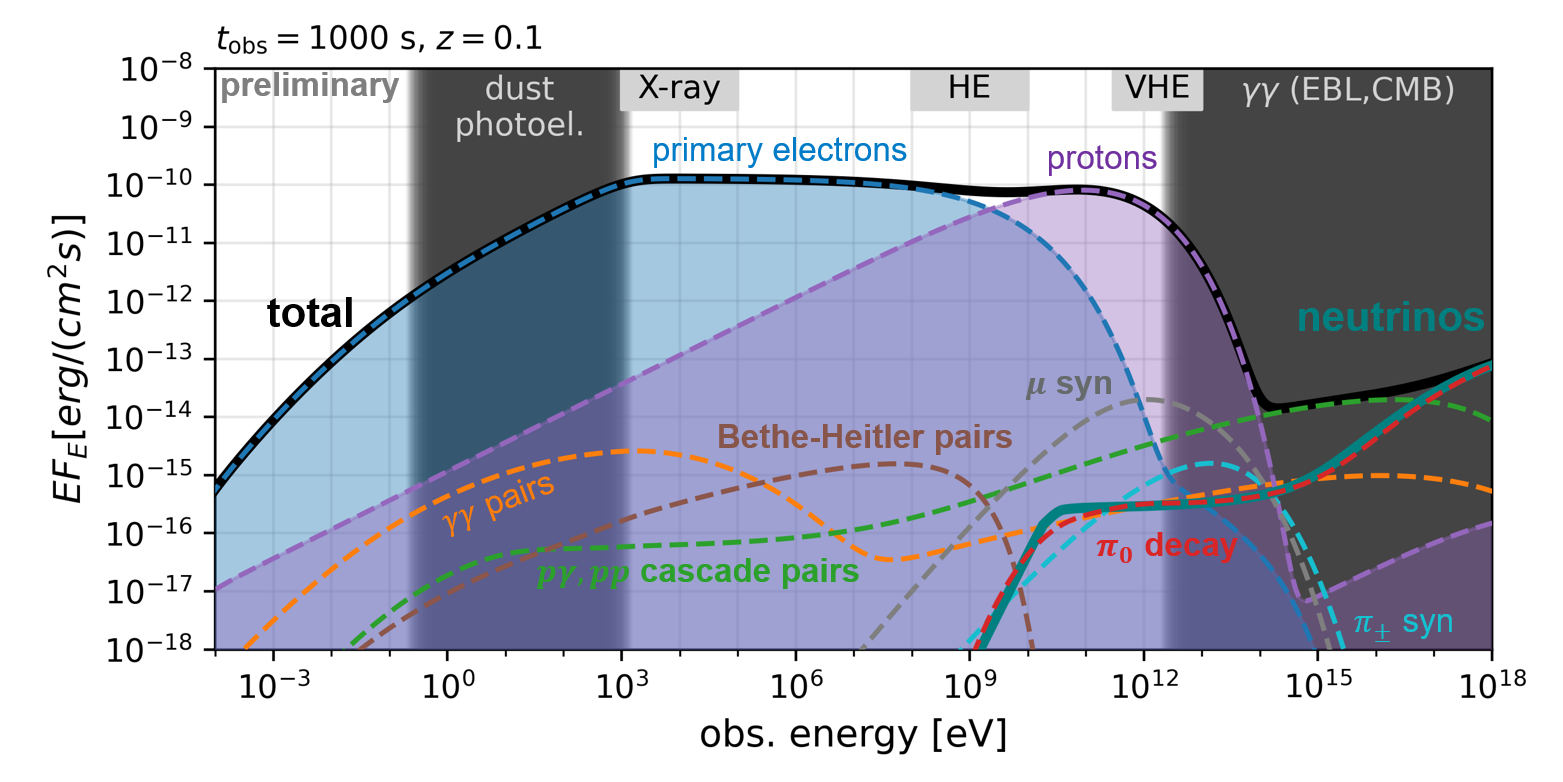
Radiation modeling with AM³ - arXiv:2312.13371
Started already earlier within the NEUCOS project at DESY Zeuthen, we finally finished making the radiation modeling code AM³ (Astrophysical Multi-Messenger Modeling) public. It solves the coupled transport equations for for protons, electrons, photons, pions, muons and neutrinos and has all the relevant radiaton processes/interactions (Syn, IC, pair-prod., p𝛾, pp, Bethe-Heitler, decays,…) implemented. Two particular features are its speed (including optimisation options) and the tracking of all the different components in the particle spectra. It is originally written in C++, but has a convenient interface to python too. Check it out!
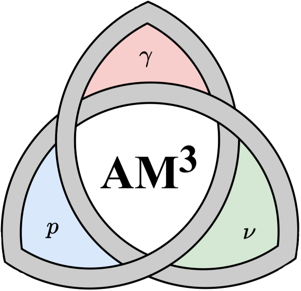
Counts-level fits to GRB 221009A - arXiv:2308.13854
By far the brightest GRB detected so far - and behind the Galactic plane. This combination leads to a challenging observational situation for our data from Swift-XRT and Fermi-LAT. For Swift-XRT the dust rings around the source hinder our background estimation significantly, while the background estimate with Fermi-LAT’s background templates and the limited statistics is limiting our inference of the spectrum up to energies higher than a few GeV. Taking into account the effects, and correcting where possible, we combine the data with the one from Swift-BAT during two contemporaneous time windows at $T_{0,\mathrm{GBM}}+4~\mathrm{ks}$ and $T_{0,\mathrm{GBM}}+22~\mathrm{ks}$ and perform a combined fit at the counts level (using 3ML) to a synchrotron model (see below). We find that the spectrum is described well by a power-law from $10~\mathrm{keV} - 10~\mathrm{GeV}$, with a photon spectral index of about 2.2 (similar to earlier LHAASO observations). Below $10~\mathrm{keV}$ we find a break that can be interpreted in 3 scenarios: Fast cooling, slow cooling or their transition. See the paper for more details!

Counts-level fits to GRB 190114C - arXiv:2206.11148
After the detection of GRB 190114C with the MAGIC telescopes at TeV energies an ongoing debate about the origin of this radiation has started. The contemporaneous Fermi-LAT data (5 and 6 photons) visually suggested a slightly lower flux compared to the measurements at lower energies, which was interpreted as a confirmation of the two-component synchrotron self-Compton (SSC) model. In order to answer the question of preference for a new component, we compared the SSC model at the counts-level (using 3ML) to a single-component model with only one extendend synchrotron component. We find no preference from the data for either of the two models - and no relevance of the Fermi-LAT data. See below the envelopes of the two models - you also hardly see any difference by eye!

Magnetic reconnection to explain blazar jet variability
The observed variability in blazar’s very-high-energy (VHE; >0.1TeV) light curves with observed flare durations down to hours imposes a puzzling challenge on their radiation models. Within my master thesis with Philipp Mertsch I calculated time evolving SEDs and light curves, see figure below, to explain blazar observations as the non-thermal emission of a plasmoid ensemble in a magnetic reconnection layer. In the considered model developed by Christie, Petropoulou, Sironi, et al. this variability arises naturally, as the current sheet at the boundary of the two oppositely directed reconnecting magnetic fields is instable. As a consequence, a chain of blob-like plasmoids emerges, each of them containing non-thermal particles. The observed light curve is then the combination of short flares (from small, fast plasmoids) on a long background flare (from large, slow plasmoids). The observed stochasticity relates thus directly to the plasma physics, in particular the plasmoid dynamics and size evolution.
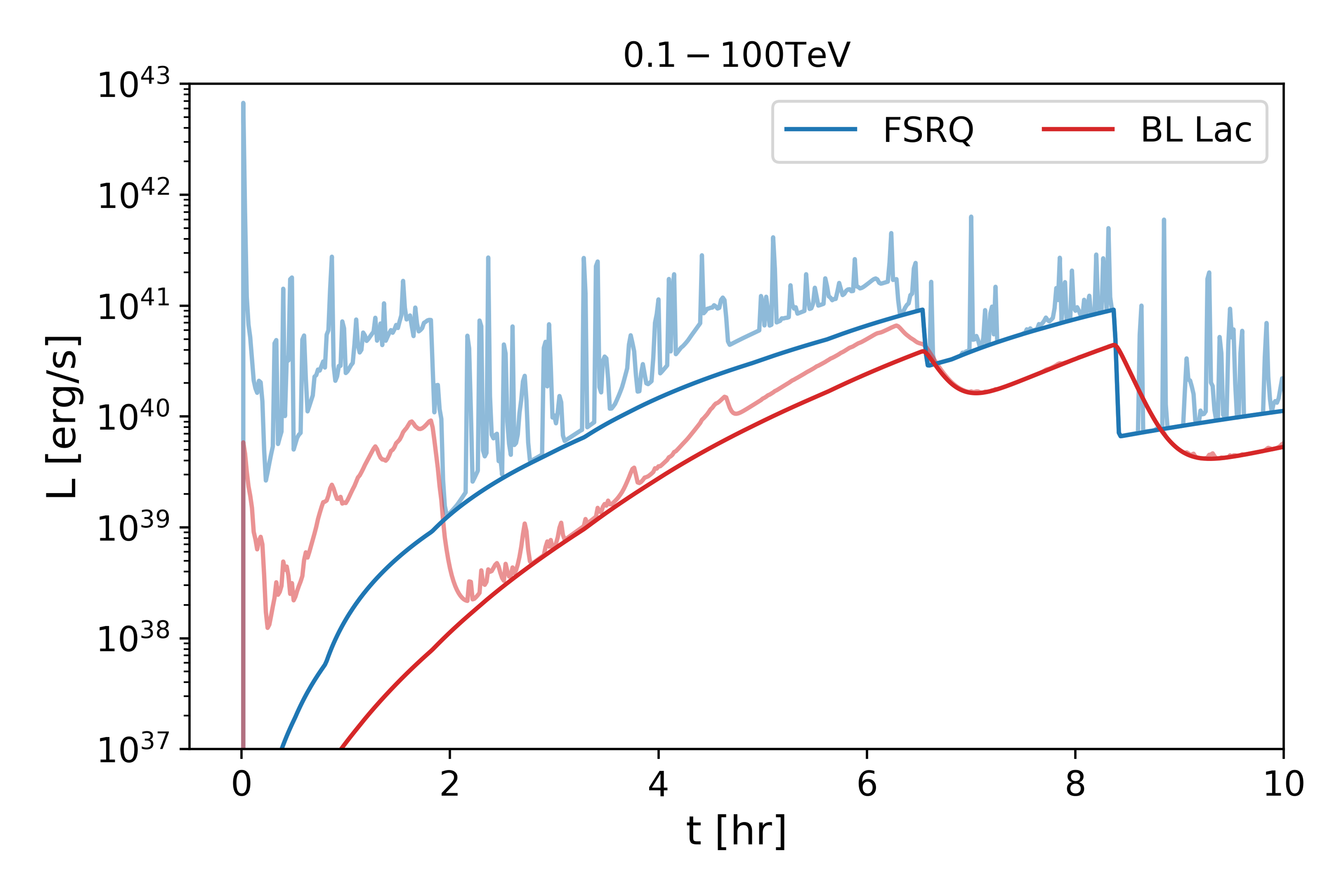
Periodicity in blazar light curves measrued by FACT - PoS ICRC 2019
During my master thesis I was also involved in the observational side of blazar light curve variability at TeV energies. As part of the FACT collaboration, in particular with Thomas Bretz, Fabian Theißen and Marvin Beck, we found for the blazar Mrk 501 a hint of a periodic modulation at the same period of 322 days as observed at GeV energies with the Fermi-LAT satellite. The 7-year light curve of the First G-APD Cherenkov Telescope (FACT) is particularly well suited due to its unbiased montioring strategy compared to other instruments data typically triggered only during high flux levels. Below you see the Lomb-Scargle Periodogram for Mrk 501 and another bright blazar Mrk 421. Robust copnclusions are however complicated by the features of the window function at 1 year, as well as the synodal (29.5 days) and the sidereal (27.3 days) moon periods.
